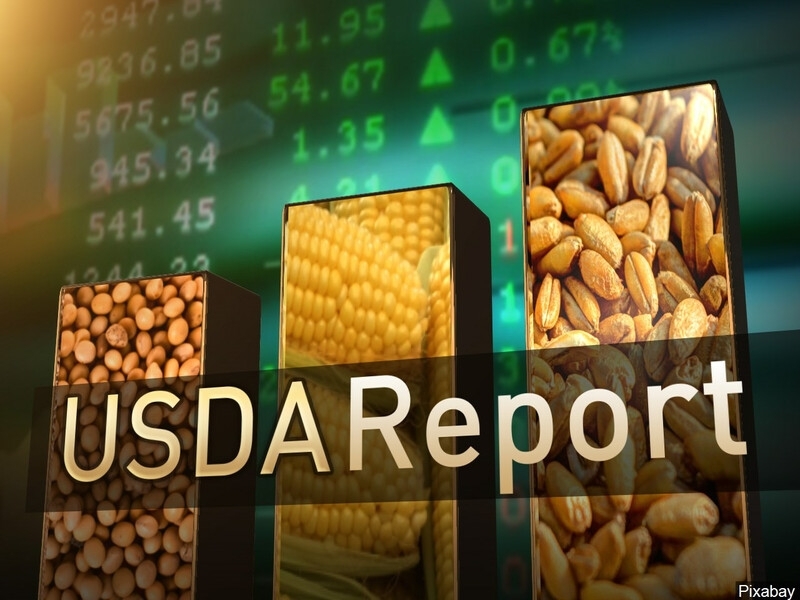USDA lowered its forecast for global oilseed production and stocks, which supported quotes

In the February supply and demand report, USDA experts lowered the forecast for global oilseed production in 2024/25 MY by another 2.7 million tons to 677.7 million tons (657 million tons in 2023/24 MY), in particular soybeans - by 3.5 million tons, which is partially offset by an increase in cotton production by 0.4 million tons, sunflowers - by 0.43 million tons, and rapeseed - by 0.14 million tons.
The forecast for global ending oilseed stocks in the 2024/25 MY has been reduced by 4.27 million tons to 140 million tons, which will be 5.6% higher than the previous season.
Compared to January estimates, the new world soybean balance for the 2024/25 MY has undergone the following changes:
- The estimate of initial reserves was increased by 0.11 to 112.49 million tons (101.24 million tons in 2023/24 MY).
- The global production forecast was reduced by 3.5 to 420.76 million tons (394.97 million tons in 2023/24 MY and 378.4 million tons in 2022/23 MY), in particular for Argentina - by 3 to 49 (48.2) million tons (although analysts expected a decrease to 50.5 million tons) and for Paraguay - by 0.5 to 10.7 (11) million tons. For Brazil, the harvest forecast was left at 169 million tons, although local agencies predict an increase in the harvest to 170-172 million tons due to favorable weather conditions for sowing.
- The estimate of world consumption was increased by 0.65 to 406.18 (384.3) million tons, in particular for Brazil - by 1 to 60.1 (58.6) million tons.
- Forecasts for world exports and imports were left unchanged at 181.97 (177.62) million tons and 179.24 (178.11) million tons, respectively.
- The estimate of world ending stocks has been reduced by 3 to 124.37 million tons, which will still be 10.5% higher than the previous season's figure (112.49 million tons).
Based on the report, March soybean futures in Chicago fell by 0.6% to $383.24/t (+2.9% compared to data after the January report).
The forecasted increase in rainfall intensity in Argentina and decrease in rainfall in Brazil in the coming weeks will improve soybean harvest prospects in these regions.


